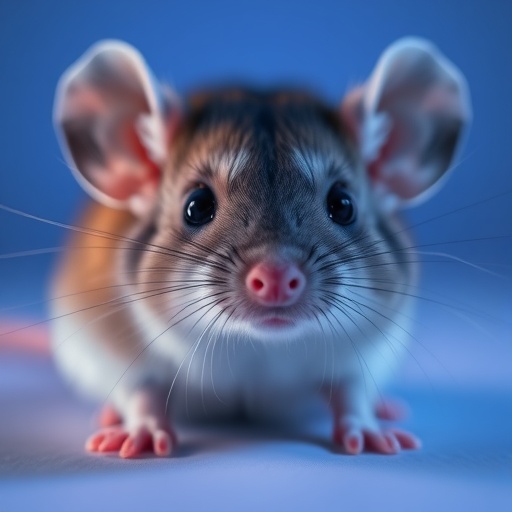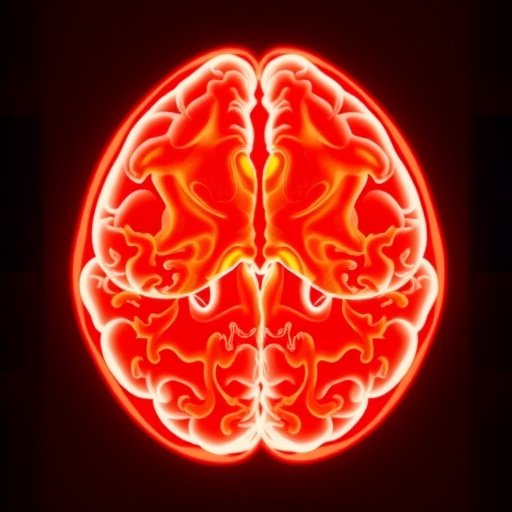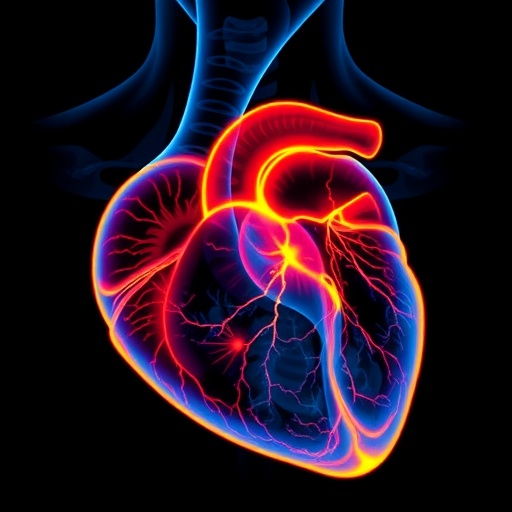In a groundbreaking study that bridges the complex interplay between neural computation and behavior, researchers have unveiled a captivating new dimension to how brain activity manifests beyond overt actions. Traditionally, deciphering cognition has relied on explicit behavioral outputs—decisions, movements, and responses that directly relate to task demands. However, the latest research delves beneath these surface phenomena to illuminate the subtle, incidental facial expressions of mice, revealing them as windows into the latent cognitive variables that shape internal computations within the brain.
This innovative investigation focuses on mice engaged in a sophisticated foraging task, wherein multiple decision variables coexist within the neural circuitry, yet only a singular variable directs actual behavior at any given moment. The challenge the researchers faced was disentangling whether these incidental facial movements were mere byproducts of biomechanical links to purposeful task-related responses or if they carried deeper cognitive significance. To do so, they meticulously analyzed the facial features of mice during the task, uncovering that these incidental expressions encapsulate a richer tapestry of cognitive processes than previously appreciated.
Central to their findings is the revelation that specific facial features do not only reflect the decision variable actively guiding behavior, but also encode independent, unexpressed variables concurrently processed by the brain. This multifaceted encoding suggests that facial expressions carry a covert narrative of the animal’s cognitive landscape, one that cannot be inferred solely from observable decisions or actions. Such incidental movements, therefore, serve as an underutilized reservoir of cognitive data, heralding a paradigm shift in how internal states might be noninvasively monitored.
The researchers further traced the neural origins of these facial signatures to the secondary motor cortex, a brain region already known to play an intricate role in planning and executing movements. Their experiments demonstrated that activity within this cortical area partially underpins the nuanced facial expressions that align with both expressed and latent cognitive variables. This direct link between neural activity and micro-expressive behavior underscores the secondary motor cortex as a pivotal hub where cognitive computations and motor outputs intricately converge.
This study ventures beyond traditional neuroscientific frameworks by addressing a crucial confound in behavioral analyses: the possibility that subtle movements merely reflect downstream biomechanical consequences rather than independent cognitive computations. By rigorously controlling for this, the investigation validates that facial expressions are not simply epiphenomena but active conveyors of concurrent mental processes. This insight prompts a reevaluation of how cognitive correlates are defined and detected, advocating for a more granular approach that recognizes covert bodily signals as valid metrics of brain function.
Moreover, the foraging task deployed allowed the simultaneous encoding of multiple decision variables within the neural networks of the mice, providing a complex cognitive milieu against which to gauge incidental movements. Even when the task required reliance on a single variable for overt choices, the facial expressions betrayed the presence of other neural computations occurring in parallel. This finding challenges prior assumptions about the exclusivity of cognitive representation in behavior and reveals a multiplexing mechanism in which the brain’s numerous ongoing computations are externally manifest, albeit subtly.
In the broader context, the implications of this research extend far beyond rodent models or foraging tasks. The capability to decode internal cognitive states through incidental facial movements offers a potentially transformative tool for neuroscience and psychology. It beckons the possibility of monitoring latent cognitive processes in real time without necessitating invasive methods or disruptive behavioral assays, leveraging naturalistic expressions to infer complex mental operations.
This methodological advance is particularly promising for studies of cognition in natural environments, where restrictive laboratory conditions or invasive measures could interfere with authentic behavioral states. By using noninvasive video analysis of subtle facial expressions, researchers and clinicians may be able to identify covert changes in cognitive status, attentional shifts, or decision-making strategies, facilitating earlier and more accurate diagnoses or adaptive interventions.
Additionally, the work may inspire analogous explorations in other species, including humans. Given the evolutionary conservation of certain motor control circuits and the universality of facial expressions as communication tools, a similar latent cognitive encoding pattern might be uncovered in human microexpressions. This possibility holds significant ramifications for fields ranging from psychiatry and neurology to artificial intelligence and human-computer interaction, where reading unspoken cognitive states could enhance empathy, diagnostics, or adaptive technologies.
Methodologically, the study harnessed advanced computational techniques to segregate facial movement components and link them explicitly to neural recordings from the secondary motor cortex. This multi-modal approach underscored the power of combining high-resolution behavioral tracking with precision neural data to unravel complex brain-behavior relationships. It also underscores an emerging trend in neuroscience towards integrative, holistic analyses capable of capturing subtle, often overlooked behavioral phenomena.
Beyond its theoretical implications, the findings challenge neuroscientists and behavioral scientists to rethink data interpretation paradigms. Rather than focusing exclusively on overt, task-relevant behavior for insights, researchers are encouraged to mine the ‘background noise’ of incidental movements for embedded cognitive signatures. This paradigm holds the potential to enrich datasets, amplify analytic depth, and ultimately foster a more comprehensive understanding of brain function.
Furthermore, the study illustrates that the secondary motor cortex’s role extends beyond movement execution to encompass the encoding of latent decision variables, broadening the functional repertoire attributed to this brain region. This insight may catalyze new inquiries into how various cortical and subcortical areas integrate, segregate, and express cognitive information through nuanced motor subtleties.
The ability of facial movements to reflect ongoing computations above and beyond task demands also advances the concept of embodied cognition, where the body is not a mere vessel for executing brain commands, but an active participant in cognitive processing. This viewpoint fosters a more dynamic understanding of how cognition, motor control, and perception dynamically intertwine within embodied agents.
Ultimately, this cutting-edge research delineates a promising frontier in cognitive neuroscience. By revealing that spontaneous facial expressions in mice harbor an encrypted code of both active and latent cognitive variables, the study opens a new avenue for understanding the neural correlates of thought processes. It invites a reimagining of how internal states manifest outwardly and suggests that the subtle language of incidental movements might be harnessed for decoding the hidden streams of cognition.
As such, these findings resonate broadly, promising to impact not only basic neuroscience but also clinical, technological, and comparative domains. They speak to the power of looking beyond the obvious to uncover the rich, complex substrates of mind expressed in the quietest, most unexpected of behaviors.
Subject of Research: Neural correlates of latent cognitive variables revealed through incidental facial expressions in mice during a decision-making task.
Article Title: Facial expressions in mice reveal latent cognitive variables and their neural correlates.
Article References:
Cazettes, F., Reato, D., Augusto, E. et al. Facial expressions in mice reveal latent cognitive variables and their neural correlates. Nat Neurosci (2025). https://doi.org/10.1038/s41593-025-02071-5
Image Credits: AI Generated
Tags: advanced neuroscience studiesanimal behavior researchbiomechanical links in behaviorbrain activity analysiscognitive variables in micedecoding cognitive processesfacial expressions as cognitive indicatorsforaging task in rodentsimplicit cognitive signalsincidental facial movementsmouse facial expressionsneural computation and behavior





